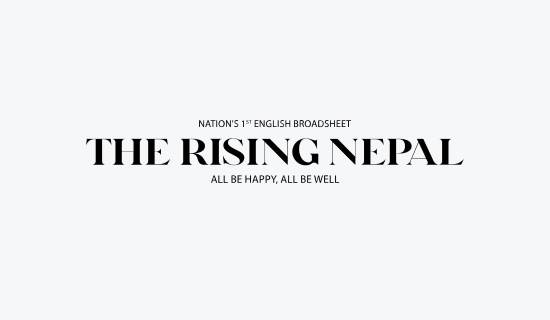- Friday, 28 November 2025
Striving To Become Modern
From its very beginning, Gorkhaparta daily has continued to serve Nepali society on three fronts - language, literature and news. It has remained a measuring yard of the Nepali language and its grammar. It has also been carrying the Nepali literary trend along with it because writers and scholars of the country prefer expressing their views on contemporary issues via Gorkhapatra.
It is the newspaper that carries waves of news from all corners of the world to the doorsteps of valued readers, early in the morning for over a hundred years. It has worked as a sole source of news and views for decades in the past. Therefore, the services it has been providing to Nepali readers since 1901 AD should be analysed following the respective timelines. The 122-year legacy of Gorkhapatra, full of vicissitudes, can briefly be scanned by dividing it into four periods.
Background
The Rana period was the period of a power struggle between kin and kith. It was the dark history of cut-throat competition among family members as well as brothers. It was a complex period of royal commands, orders and instructions without public knowledge of who was really in power. In such a complex and chaotic situation, the publication of a newspaper, a synonym for free speech and free society, was an uphill task.
Even more amazing was that Gorkhapatra was probably the first newspaper which had got the clear cut guidelines for publishing some and discarding other matters.
Rana Prime Minister Dev Shamsher, before the start of publishing the Gorkhapatra Weekly on his 62nd day of ascendence to the throne, must have made some genuine decisions. During the period of absolute Rana oligarchy, he wrote a list of items to be published and not to be published by the aper which is above par even today.
Dev Shamsher’s 'dos and don’ts' show that he knew the trends of the then world properly. Having good knowledge of the regional and international trends and being the Prime Minister of one of the oldest sovereign countries on the planet, Dev Shamsher might have felt a moral obligation to publish a newspaper.
It was not his whimsical decision. The letters with good intention and Sanads ( instructions) were published in Gorkhapatra had showed that contemporary scholars had high expectations from Gorkhapatra such as 'real development is not possible without a newspaper’.
Grisma Bahadur Devkota, in his book, Nepal Ko Chhapakhana Ra Patra-Patrikako Itihas, claimed that the first newspaper of the modern age was the Notizie Skute published in Venice in the year 1556 AD.
Historic Event
The legacy of Gorkhapatra should be compared with newspapers of that period and beyond. Some scholars claim that mass communication started in the Dwapara Yuga or epoch.
A war called Dharma Yuddha was fought between Kauravas and Pandavas in Kuru Kshetra, India. It was reported live to Dhritrastha by Sanjaya. They consider that it was the first step in mass communication.
And, some other scholars consider Acta Diurna published in Rome in 59 BCE attributing to Julius Caesar as the first instance of publication. Some other people also claim that Peking Gazette or Spring and Autumn Annals were the first examples of a newspaper.
Grisma Bahadur Devkota, in his book, Nepal Ko Chhapakhana Ra Patra-Patrikako Itihas, claimed that the first newspaper of the modern age was the Notizie Skute published in Venice in the year 1556 AD which opened a new epoch of mass communication and publication of newspapers around the world.
The invention of a press by Guttenberg in England added pace to newspaper publications around the world. If we jot down the names of newspapers published before Gorkhapatra, we find that there are only a dozen. It shows that we are among the leaders in publication. Today, Gorkhapatra is one of the oldest existing newspapers in the world which is striving to compete in the market with a new look.
Period of Autocracy
Gorkhapatra did not publish the news of Chandra Shemsher’s ascendency to the throne, which must be regarded the first and the last instance the paper management discarded such an important event of a powerful ruler.
It published every event of the Ranas and Shahs who were in power. It published coronations of the then King Tribhuvan, Mahendra, Birendra and also of Gyanendra. It published a speech by Premier Marichman Singh Shrestha at the Open Air Theatre, who condemned Nepali Congress Party and Communist Parties as anti-nationalist forces.
The pangs to journalists and press staff were another chapter in the humiliation of that period. They had to stay overnight on chilly winter nights expecting 'breaking news from the then ‘Royal Palace’, but had to close the desk without getting one the next morning.
The difficult period faced by journalists was summarised by the then chief editor of the Rising Nepal Daily Lokdeep Thapa who once said , 'Gorkhapatra and The Rising Nepal serve the people by serving the government'.
Period of Reforms
After the advent of the federal system, Gorkhapatra has been given the right to publish news in various languages and dialects.
It has also allocated pages for the news of provinces. Therefore, Gorkhapatra has become a bridge between the people and three tyre governments today.
People in power and people on the streets alike read it to ascertain the accuracy and credibility of the news.
It is also the most inclusive newspaper in the country. Female journalists may one take leading role in near future.
Furthermore, to catch the new trend of disseminating the news fast, the Gorkhapatra Corporation has brought out a modern looking online news portal. Gorkhapatra has now been published with new design and layout. All these endeavours indicate that Gorkhapatra is striving hard to stay strong and be a important part of Nepali society.
(Devkota is deputy executive editor of TRN)

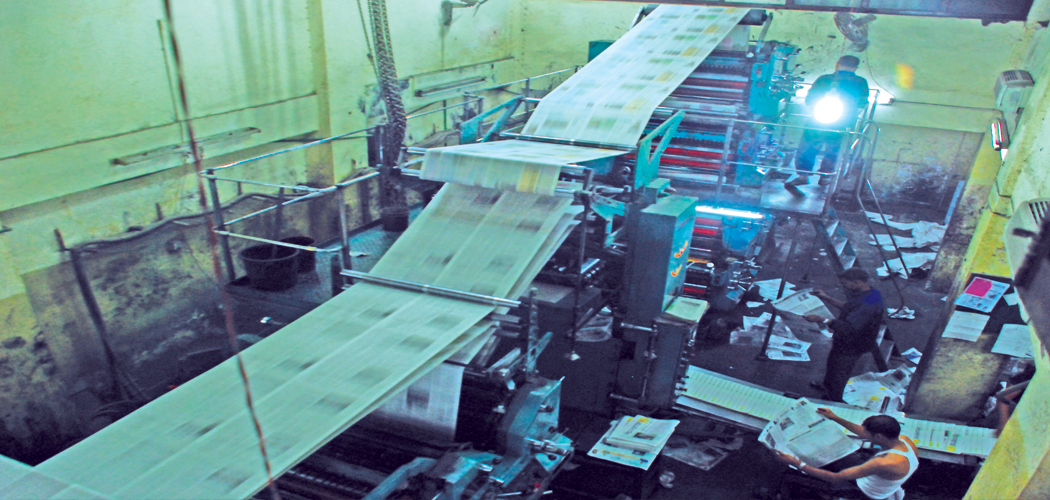

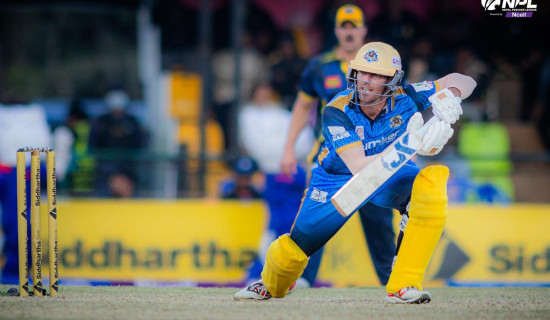

-square-thumb.jpg)
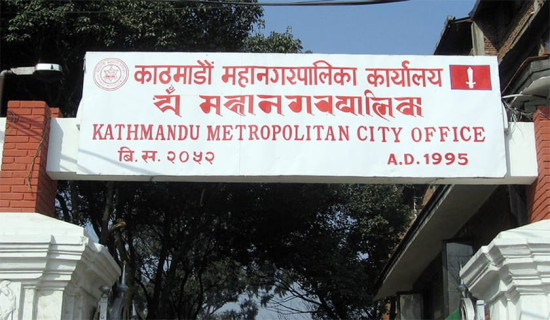


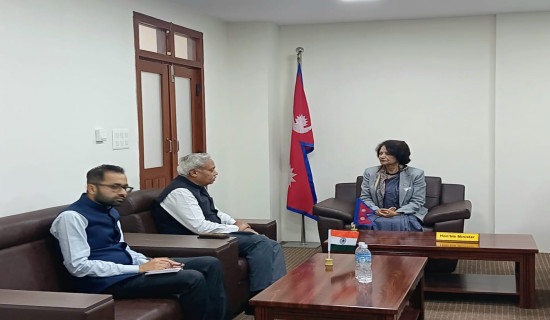
-original-thumb.jpg)

